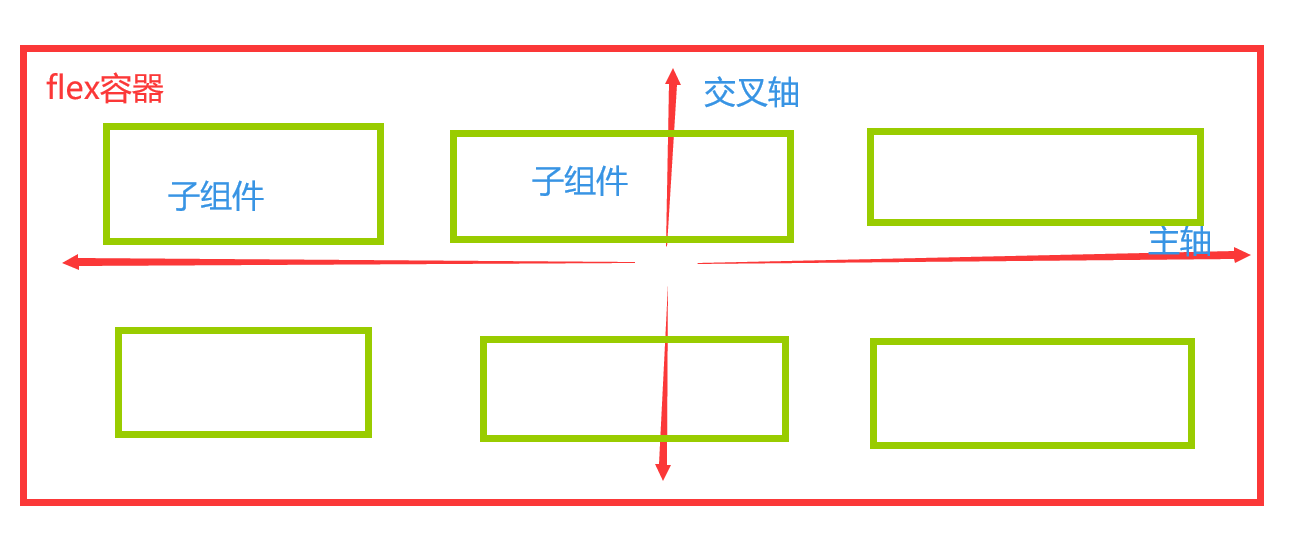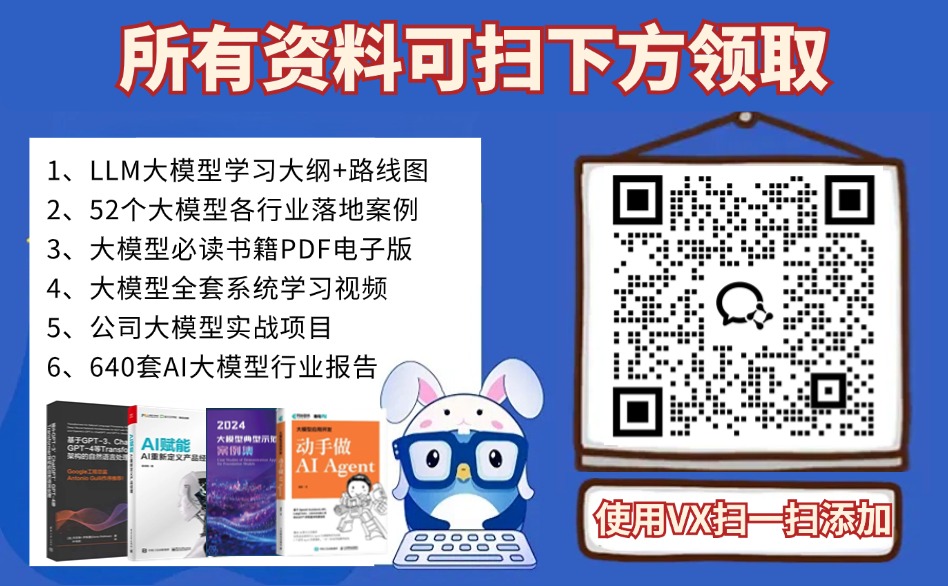本文主要是介绍哈佛大学公开课《Positive Psychology 1504》学习笔记 - Summary (最后一节课),希望对大家解决编程问题提供一定的参考价值,需要的开发者们随着小编来一起学习吧!
1 TOP Eleven 1504 Tips1.1 The questions you ask
1 The questions you ask will very often determine the quest that you take.
2 And if we only ask the negative questions such as “Why do so many of these individuals fail?” Then we won’t see the potential for the greatness that exists in each individual. If we only ask “How can my relationship be improved?” Then we will not see all the wonders and the treasures and the miracle that exist in the person next to us.
3 We also need to ask the positive question. What is good about my relationship? What is great about my partner? What is wonderful about myself? What is meaningful to me? What is pleasurable to me? What am I good at?
4 Questions start a quest. And the kind of the quest we start depends on the quality of the question that we ask.
1.2 Believe—in yourself and others
5 They believed in themselves, they had confidence, they had the self efficacy to succeed and to thrive.
6 How do we improve ourselves? By putting ourselves on the line, by coping , by taking risks, by showing ourselves that we can do it through visualization.
1.3 Learn to fail or fail to learn
7 There are no short cuts to success, learn to fail or fail to learn.
8 There is no other way to learn.
1.4 Give yourself the permission to be human
9 No one experience the constantly high, you are going to continue to have those ups and downs.
10 When you experience a painful emotion, you will look at it and say “oh, I’m human. It hurts. I wish it weren’t that way, but I accept it, just like you accept the law of gravity.
11 Permission to be human.
1.5 Open up (journal and/or person)
12 When we write, when we open up, whether it’s in writing or sharing with a person we care about. It can be our best friend, our partner. When we share, when we open up, we are able to make sense about the experience of our lives and enjoy higher levels of happiness.
1.6 Cultivate the benefit finder (express gratitude)
13 The word appreciate has two meanings. One is to say thank you for something which is a nice thing to do. The second meaning is the good grows. When we appreciate the good in our lives, when we appreciate the good in our relationship, when we appreciate our partner, our friends, our classmates, the good grows.
14 When we don’t appreciate, the good depreciates. The important thing is to focus on what is working. Appreciate it so that it appreciates.
1.7 Simplify
15 There can be too much of a good thing.
16 Simplify, assert your self, say no at times when it’s appropriate. Find out what you really, really want to do with your life and do it.
1.8 Cultivate relationships
17 One of the things that can make us happier.
18 And to cultivate relationship means to invest in them, to put time into them, to share, to open up.
1.9 Remember the mind-body connection
19 When we don’t exercise, we have to fight our nature, it’s very difficult to enhance our levels of well being as is to have to also fight against nature that is incredibly difficult.
20 The wonder drug: Exercise at least four times a week for 30 minutes. If you can, do some formal yoga or mindful meditation, if not, at the very least breathe, breathe deeply a few times a day. Three deep breaths can make a big difference. When possible 8 hours or somewhere around 8 hours a night of sleep. And touch, at least 12 hugs a day.
1.10 Strive to be known rather than validated
21 To be known rather than be validated, expressing rather than impressing. Whether it’s with our romantic partner, our family, our friends, our colleagues, our class, the foundation of the growth of intimacy and passion in long term relationships.
1.11 Introduce behavioral change NOW
22 Whether the one after taking the class enjoy continuous growth throughout their lives, is whether or not you introduce behavioral changes.
23 Introduce behavioral changes now.
2 Spread happiness
24 The ideas of happiness can change the world for the better. To understand what’s going on in your mind, what’s around you and what is in your heart, and how they are connected, and to share it by being practical idealists.
25 You can make a difference. Because one has incredible power. Happiness is contagious.
26 Remember to take care of yourself. Remember to exercise. Remember to asset yourself and say no when appropriate. Remember to cultivate your relationships. Remember what it is really really important for you in your life.
这篇关于哈佛大学公开课《Positive Psychology 1504》学习笔记 - Summary (最后一节课)的文章就介绍到这儿,希望我们推荐的文章对编程师们有所帮助!






